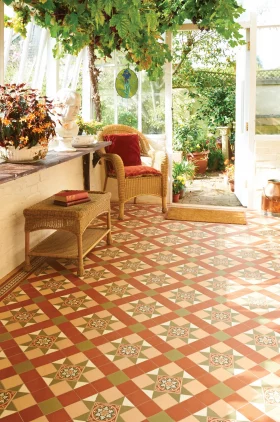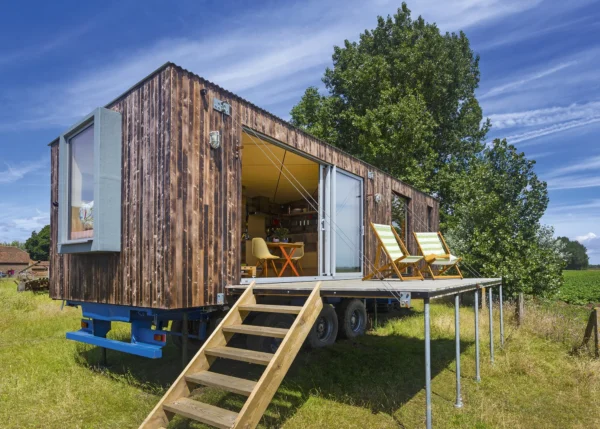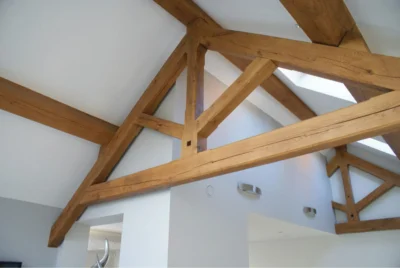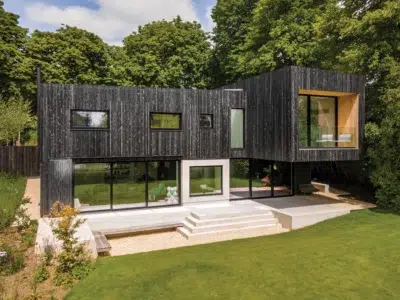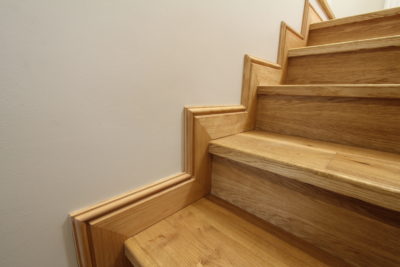What’s the Future for British Building Standards?
The Building Regulations set the minimum legal standard to which a home should be constructed. So, it’s encouraging when they change to ensure better, more energy efficient properties – which is what’s happening to many of the approved documents, starting from June 2022 and then at intervals through to 2025.
The updates are aimed at achieving the carbon reductions needed to meet COP26 requirements.
How UK Construction is Changing
The main areas likely to impact those building and renovating their own homes are changes to Part L1A and L1B, which deal with the conservation of heat and energy.
As of 15th June 2022, the regulations require a 31% reduction in CO2 emissions compared to the previous standard. This can be achieved by improving insulation levels, airtightness and adopting renewable heating technologies.
Self builders, in particular, have always wanted to achieve the best they can afford, and often specify their homes to exceed the minimum requirements of the regs.
Some manufacturers and providers of modern construction methods – such as timber frame, structural insulated panels (SIPs) and insulating concrete formwork (ICF) – have been ahead of the game and are already used to working to higher standards, such as Passivhaus.
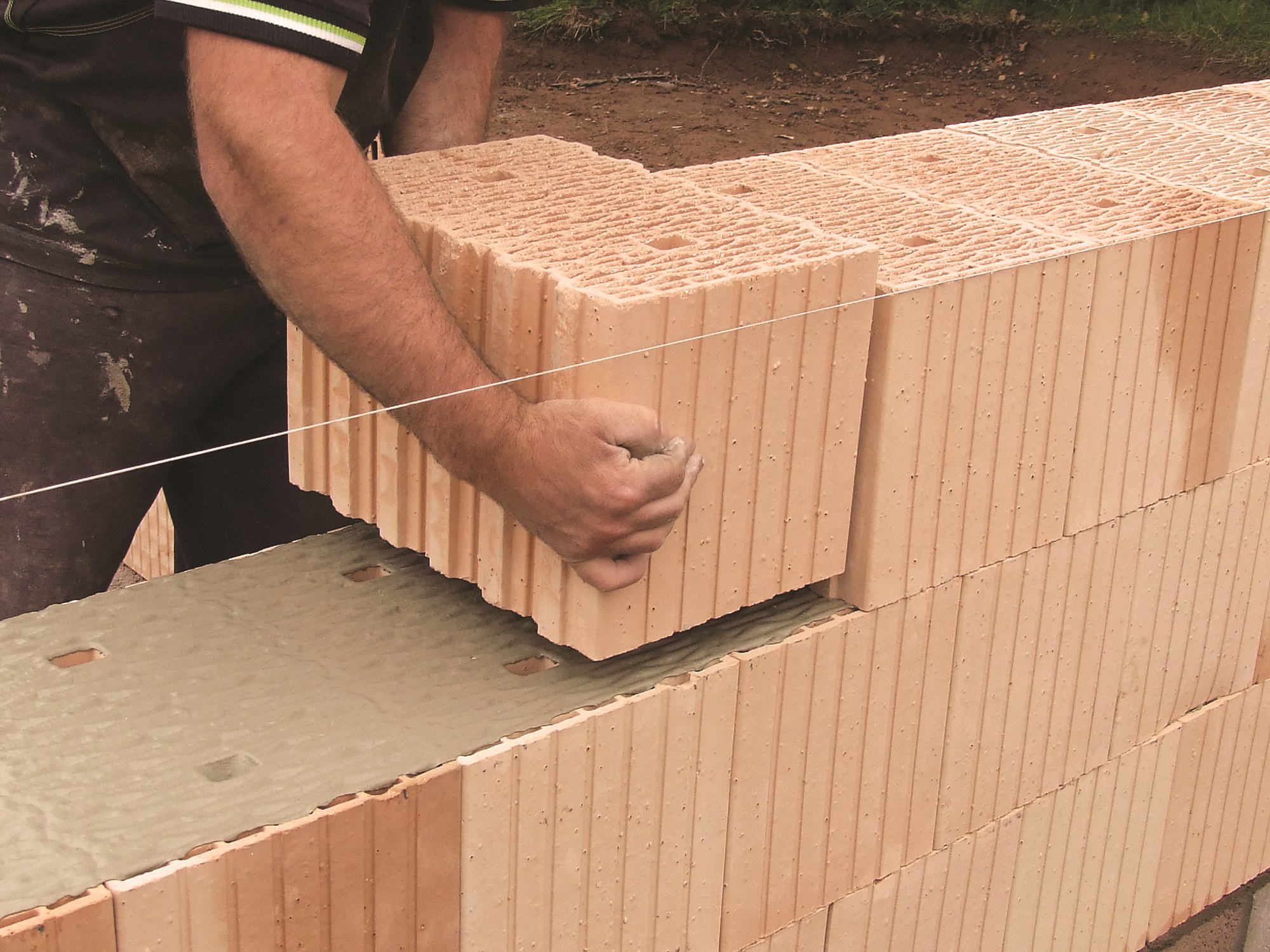
The JUWO Evolved SmartWall system uses thin joint adhesive and large-format natural clay blocks for a quick, sustainable route to building your house shell
Masonry is still the preferred method of construction for many people. They’re drawn to its solid feel and built-to-last approach. But just like other systems, it too is having to adapt to achieve the higher levels of thermal insulation without creating complex design and detailing.
Thin joint masonry solutions, such as the JUWO Evolved SmartWall, have been available throughout northern Europe for many decades. Their simplicity shows how easy it is to achieve a low-energy, thermal bridge-free structure.
These systems provide excellent energy efficiency, airtightness and thermal mass, and also help overcome overheating issues – now covered in the new Part O of the Building Regulations.
Modern Building Materials to Meet New Eco Standards
For standard cavity walling, improving thermal performance means increasing the widths of the cavities, which in turns means structural stability needs to be considered more carefully.
In addition, the use of more or stronger wall ties, potentially made from different materials, could impact the ties’ chi values (a measure of heat loss).
With a system like JUWO, the cavity is eliminated so the whole structure works as a monolithic wall. Applying the thin joint adhesive doesn’t require a bricklayer’s expertise, and the system can be finished externally with direct render, brick or stone slips, timber or decorative cladding – there are no restrictions.
Airtightness is achieved using a direct plaster finish internally, so there’s no need for expensive membrane layers and tapes. The JUWO Evolved SmartWall is a natural clay-based building system using modern methods of construction, making it fast to build with.
Sustainability-wise, less than 85% of the treated water is required compared to cavity wall construction; and at the end of its lifespan, it can be completely recycled back into the ground.
Save Now, Upgrade Performance Later
There’s a vast choice of structural systems available to the self builder, but not everyone can afford to work to better than Building Regulations standards.
One alternative is to choose a construction method that can be easily improved at a later date – either by applying internal or, preferably, external wall insulation.
Not all systems can easily accommodate retrofit insulation, so if you think you may want to take this path, make sure you choose something that can.
Remember, too, that product costs can greatly differ to the installed priced of your system. All material costs have increased greatly in recent years, and labour rates have gone up too. So it’s key to factor this into your budget.
Sue Dewhirst of JUWO Evolved SmartWall is an architectural technologist and construction energy assessor with 40 years’ experience in the building industry. She has previously worked for a major insulation manufacturer and offsite building system providers.
Lead image: A JUWO project on site. The single-skin, cavity-less construction enables great performance in a relatively thin wall profile.

































































































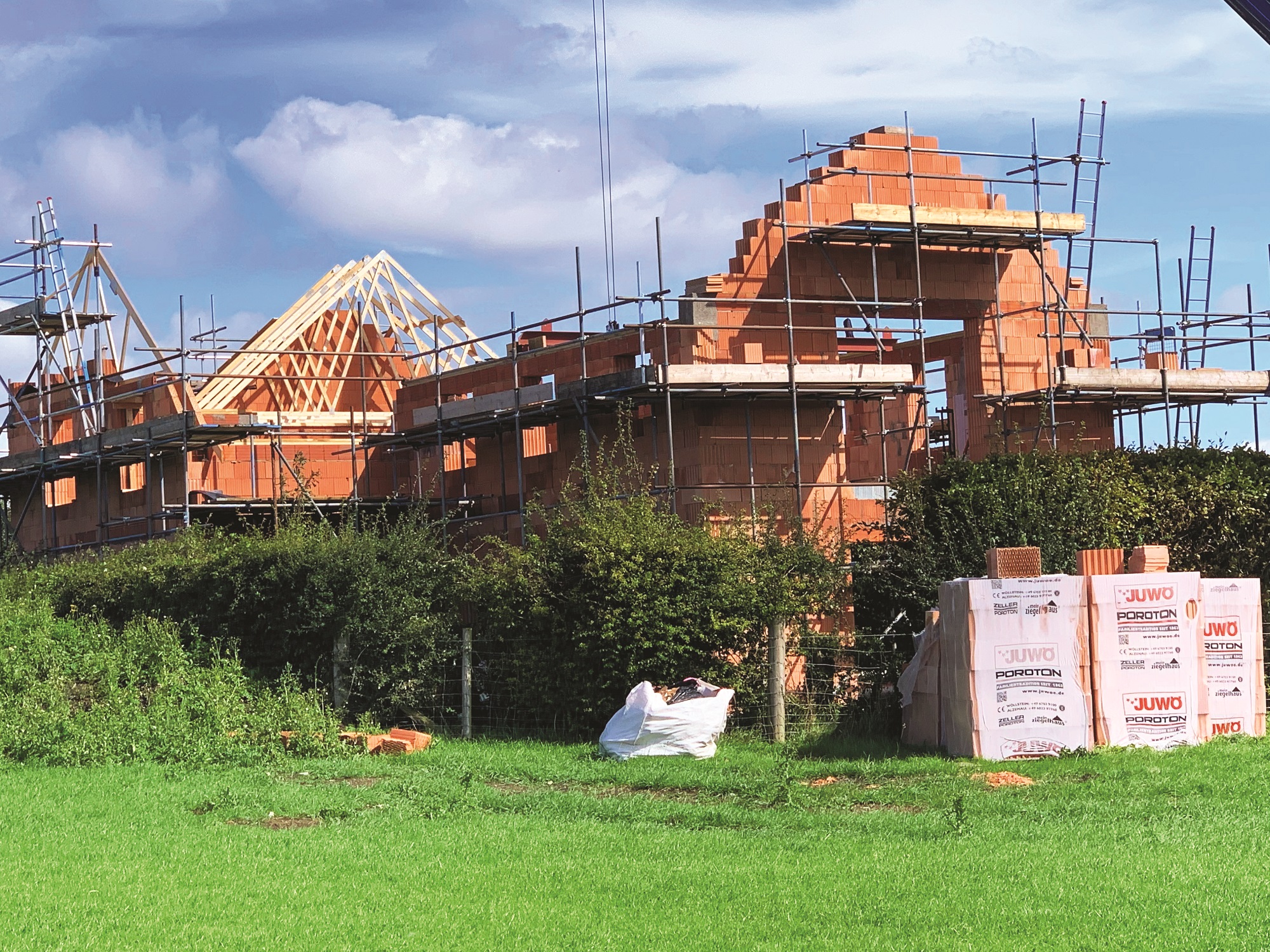
 Login/register to save Article for later
Login/register to save Article for later

